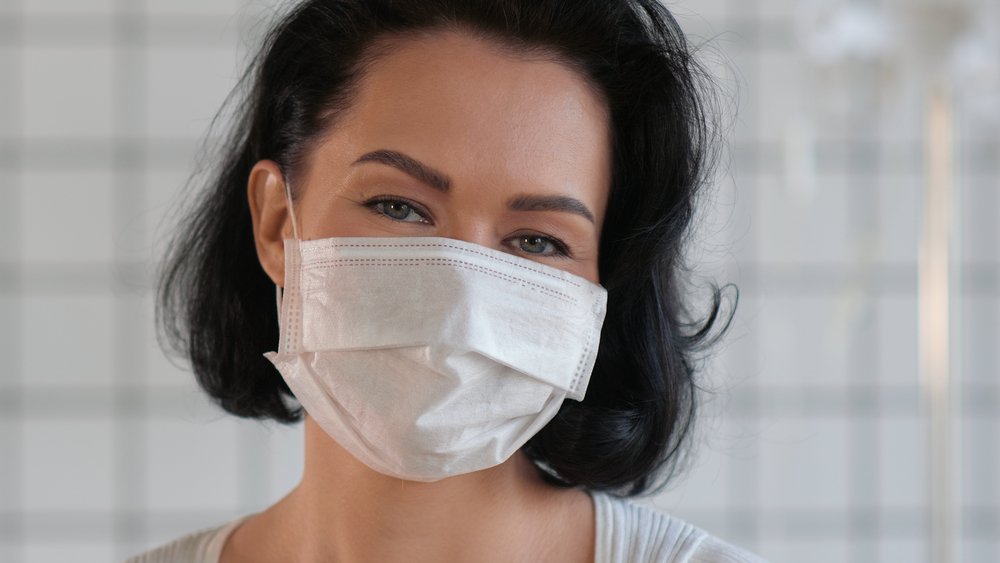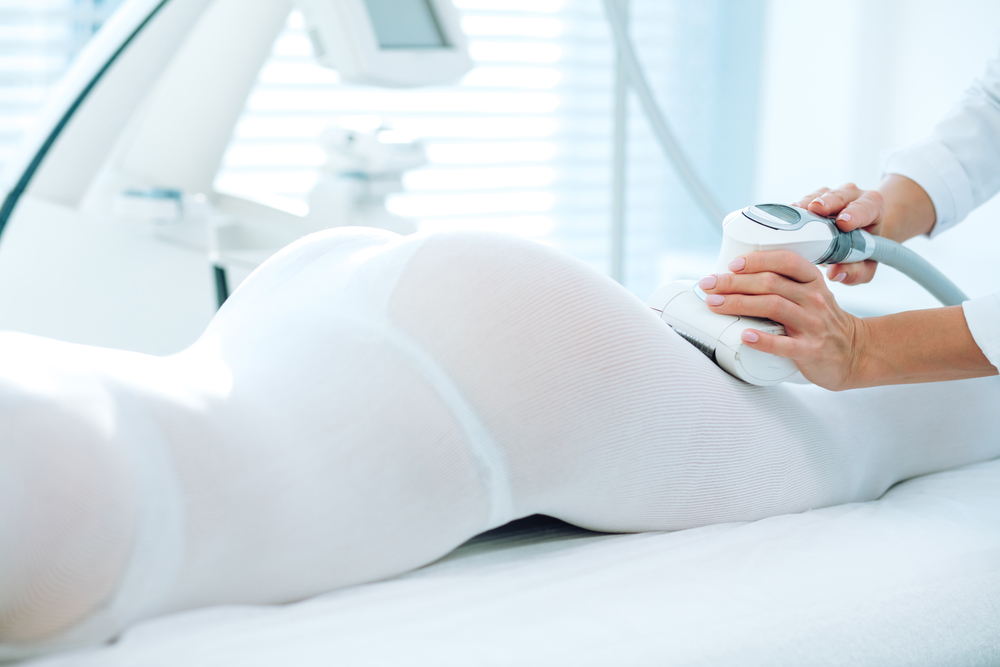
Two years into this global pandemic and there are still many people who are getting sick from exposure to COVID-19 variants. Testing has been a crucial aspect of monitoring the rate of sickness in communities and has been an integral part of informing health care authorities about the measures that need to be taken for the benefit of public health. At Balanced Bodies Anti-Aging Clinic in Sandy Springs, GA, and Lawrenceville, GA, we believe that COVID-19 testing should be fast so patients can make informed healthcare and personal life decisions.
How Fast Is COVID-19 Testing?
The speed of COVID-19 testing is determined by the type of test being taken. The good news is that, compared to the early days of the pandemic, getting rest results is now often faster, especially when testing and lab facilities aren’t overburdened by bigger caseloads. One of the reasons why current testing is much quicker is because citizens now have access to home tests if they feel sick, which lessens the burdens on labs to process molecular tests.
The absolute fastest way to get results is with a rapid antigen test, which can produce results in about 15 minutes and can be taken anywhere, such as at home or testing facilities, including pharmacies. PCR tests, on the other hand, may take 24 to 72 hours to reach a conclusive result because these tests must be processed by a lab first.
Antigen Tests
Antigen tests are the easiest to acquire and many homes have several rapid tests on hand. These tests are generally reliable and can serve as a good way to monitor for current sickness. Many people use these tests frequently to assess when they can leave isolation after having a positive diagnosis, or if they can attend group events.
That said, antigen tests are usually only the most accurate when the patient is experiencing active sickness. This test works by detecting the viral proteins that cause COVID-19 since this will be the period when the patient is shedding active viral loads. Rapid antigen tests should be taken at the first sign of illness, even if symptoms are mild and particularly after known exposure to someone who has tested positive.
Why Continued Testing Is Essential
Even though rapid antigen tests are the most current during active sickness, healthcare authorities still rely on rapid testing so people can assess when they should leave isolation after sickness. This is because antigen tests work to detect active viral particles that can be more easily passed to other people. If a rapid test is indicating that there is no active virus, then this also indicates that the individual is not shedding viral loads that can get other people sick.
Frequent use of rapid testing if you have been exposed to COVID-19 or if you are recovering from the virus is one of the best ways to make personal health and safety decisions. With knowledge from rapid testing, individuals can better assess whether they should be exposed to other people, which can help slow the spread of COVID-19.
PCR Tests
PCR tests are the most widely used by medical professionals and can be administered in emergency rooms, urgent care facilities, doctor’s offices, and pharmacies. A PCR test is designed to look for RNA strands in viral particles, which means these tests are often more sensitive and can detect a COVID-19 infection even when symptoms are mild or if patients are asymptomatic.
PCR tests are the most trusted tests for people who need to travel. Evidence of a negative PCR test may be required if you want to attend certain events, travel across the country or internationally, or participate in other activities. Because PCR tests very rarely produce a false negative, it’s common for patients to be tested with a PCR test after a positive rapid test.
How Are Tests Administered?
The most accurate way to detect COVID-19 is with nasal swab tests, which are still the most common way to administer both rapid tests and PCR tests. Although nasal swab testing can be moderately uncomfortable, it’s important to remember that this method of collecting samples is non-invasive and generally takes less than one minute to complete. It’s also possible that your healthcare provider or self-testing instructions will recommend a specific sample collection method that is not uncomfortable at all.
Nasopharyngeal
This collection method involves a healthcare provider inserting a long nasal swab deep into the nasal passage. Fluid from the very back of the nose, where the nasal cavity meets the back of the throat, is collected and tested for RNA strands. This is generally the test most people
Mid-turbinate
This sample collection method can be self-administered or done by a healthcare professional. The cotton swab will be placed about one inch into the nostril against the turbinate to collect a sample. This method can be used for both PCR tests and rapid antigen testing.
Anterior Nasal
This is another sample collection that can be self-administered or done by a doctor, nurse, or pharmacist. With this test, the cotton swab will be placed about three-quarters into the nose to collect the sample. Like mid-turbinate samples, this testing method is an acceptable choice for both PCR and antigen tests.
Oropharyngeal
Some PCR tests can be performed by using a cotton swab to collect a sample from the back of the throat. This method can only be used by a healthcare professional and may only be appropriate for those who are unable to complete nasal swab tests.
Saliva
Saliva samples are a newer form of COVID-19 testing and may only be offered to certain patients who meet qualifications. Drool or saliva is deposited into a container for this test. Saliva samples are only supported by PCR testing.
Why Are Nose Swabs Most Common?
The reason nose swabs are the most common for collecting COVID-19 samples is simply that the back of the nose and upper throat is where viral particles live and replicate, particularly during the early stages of the virus. Nose swabs are also the fastest and simplest testing method, meaning they can more easily be done on a large scale and can even be self-administered.
Many antigen self-tests and physician-guided or physician-performed PCR tests will use sample collection methods that reach further into the nose. Essentially, samples collected from deeper within the nasal passage will be able to collect more active viral particles that will produce more accurate tests. But tests that do not reach the back of the nostril are also reasonably accurate and are generally considered more comfortable. Always follow all directions from self-test kits or medical professionals for collecting samples.
How Accurate Is COVID-19 Testing?
Both PCR tests and rapid antigen tests are valuable forms of testing that are trusted by the wider medical community. Overall, PCR tests are more sensitive and more accurate than antigen tests. Because antigen tests are usually self-administered, there is a higher possibility that samples will be collected incorrectly and the test may result in a false negative even though the patient is currently sick.
That said, PCR tests may be more likely to produce a false positive, meaning the results indicate illness even though the patient is not sick. False positives are more likely with PCR tests because the tests are more sensitive. Overall, however, it’s best to use any type of testing if you are experiencing new symptoms or if you have been in recent contact with someone who has tested positive.
Who Needs To Have Tests?
As a general rule, it’s a good idea to at least have rapid antigen tests on hand just in case you come into contact with a COVID-positive individual. Rapid antigen tests can be bought online or at pharmacies, although you should check that these tests are FDA-approved. You can also have these tests delivered through a recent US government program, which offers four free tests to every household.
As for who needs to have tests, it’s best to wait to take a test until you are feeling new symptoms. You should be tested even if your symptoms are mild. If you have shortness of breath, a runny nose, cough, sore throat, or a mild fever, then you should arrange for an at-home test or a PCR test at a hospital or testing facility.
Get Fast Results With COVID-19 Testing
As of right now, it still seems like frequent testing is the best method to track cases of COVID-19 and slow the spread of the virus. If you are feeling sick or you’ve been in contact with someone with a positive diagnosis, then you should be tested. PCR tests can produce lab results in one to three days, while rapid antigen tests can produce results at home in 15 minutes. Contact Balanced Bodies Anti-Aging Clinic in Sandy Springs, GA and Lawrenceville, GA today to learn more about your COVID-19 testing options.


